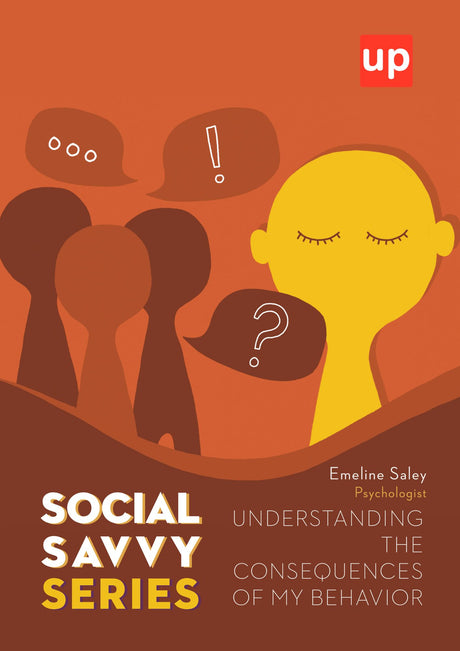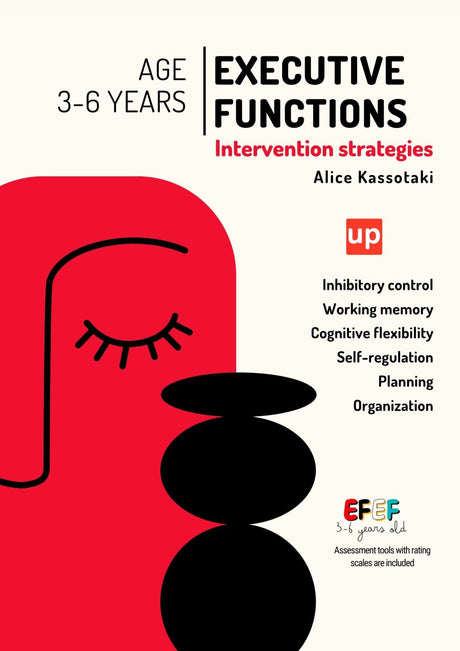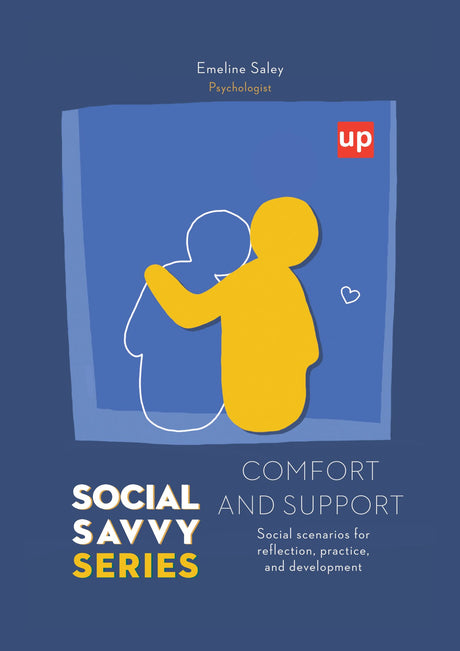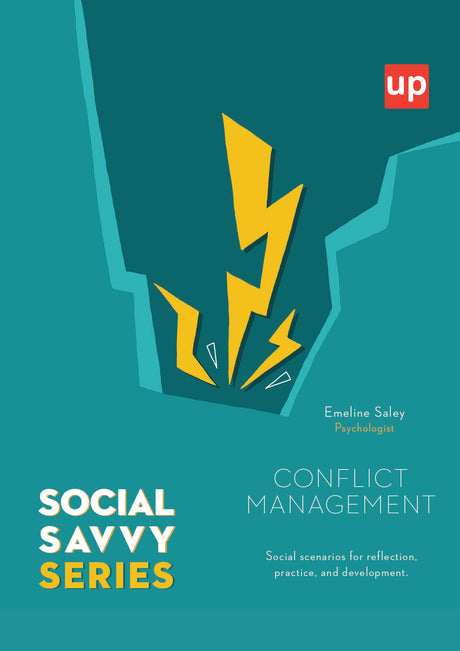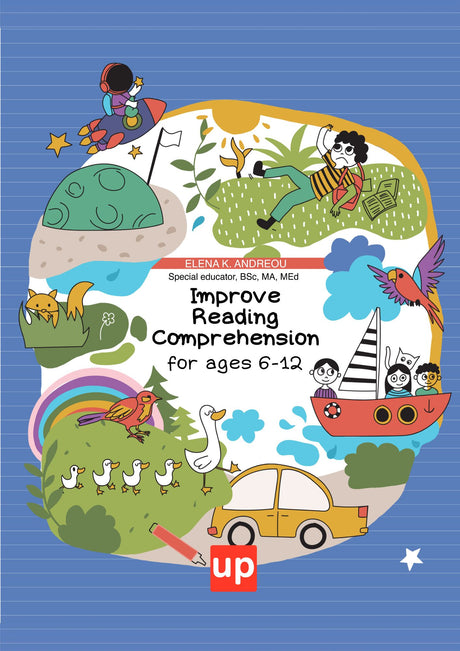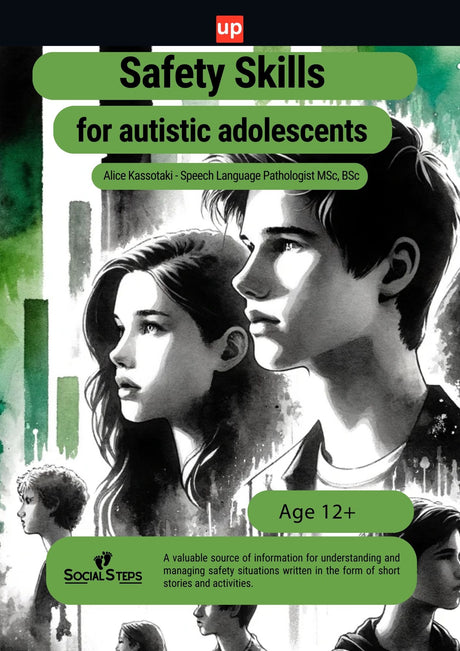Speech Delay vs Autism: Key Differences Every Parent Should Know
Wondering if your child’s communication challenges are due to speech delay vs autism? Understanding the key differences is crucial. Speech delay affects the pace of language development, while autism involves social, communication, and behavioral issues. This article will help you identify and differentiate these conditions, providing insights for early intervention.
Key Takeaways
- Speech delay primarily refers to the lag in language development, while autism encompasses broader issues including social interactions and communication difficulties.
- Early signs of speech delay include lack of babbling by 12 months and difficulty forming sentences by age three, whereas signs of autism include avoidance of eye contact and lack of response to name by nine months.
- Effective treatments for both conditions involve early intervention, tailored therapies, and consistent support from qualified professionals, including speech-language pathologists.
Understanding Speech Delay and Autism Spectrum Disorder

Speech delay and autism spectrum disorder are two distinct conditions that can significantly impact a child’s communication abilities. Speech delays primarily focus on the rate of language development, where a child may not reach speech milestones at expected ages. In contrast, autism encompasses broader challenges, including social interactions, communication difficulties, and behavioral issues. Additionally, speech and language disorders can also affect a child’s overall communication skills.
Children with speech delays often use body language and maintain eye contact. In contrast, autistic children might struggle in these areas, finding it difficult to understand others’ feelings and avoiding eye contact. Recognizing and addressing each condition’s unique characteristics is crucial.
Autism spectrum disorder affects a child’s communication, interaction, and sensory experiences. Key characteristics of autism include social and communication difficulties, repetitive behaviors, and sensory sensitivities. These broad challenges can make it more complex to diagnose compared to speech delays.
Understanding that both conditions impact communication differently can help parents and caregivers provide the appropriate support and interventions for each child’s unique situation.
Key Signs of Speech Delay in Children

Recognizing early signs of speech delay is important for timely intervention. One early indicator is if a child is not babbling by 12 months. Babbling is a precursor to speech, and its absence can be a red flag. By 16 months, children typically say a few words. If your child isn’t, it might suggest a speech delay.
By age two, children generally have a vocabulary of 250-300 words. Struggling to form two-word phrases or having trouble imitating sounds by this age could indicate a speech delay. These milestones are key markers in speech and language development.
Another key sign is forming coherent sentences. By age three, children should speak in brief, simple sentences and use plural words. If your child’s speech is unable to do so, it may signal a delay. By age four, children should be understandable to strangers at least half the time. Difficulty in achieving this can also point to a speech delay.
Parents should monitor their child’s speech milestones and seek professional evaluation if they notice any delays. Early intervention can help children with speech delays catch up to their peers.
Identifying Early Signs of Autism
Early signs of autism often appear in the first few years. One noticeable sign is the avoidance of eye contact. Autistic children might not respond to their name by nine months and may not use gestures, such as waving goodbye, by 12 months. These early indicators can prompt further evaluation.
As children grow, other signs become evident. By 15 and 18 months, children with autism may not share interests with others or point to objects of interest. By age two, many autistic children do not engage in play with peers or notice when others are upset. These social and interactive challenges are key indicators of autism.
Repetitive behaviors and unusual reactions to sensory input are also common in children with autism. Recognizing these early signs is critical for early intervention, which can significantly improve outcomes.
Causes of Speech Delay vs. Autism

Understanding the causes of speech delay and autism can help in addressing these conditions effectively. Common causes of speech delay include hearing problems, developmental delays, and environmental influences. For instance, hearing loss can hinder language development due to the inability to hear sounds clearly. Developmental conditions such as cerebral palsy and brain injuries can also lead to speech delays.
In contrast, the causes of autism are more complex, involving a combination of genetic and environmental factors. Environmental triggers, such as viruses, pollutants, and chemicals during pregnancy, are being investigated for their potential roles in autism. While speech delays often have identifiable causes, autism involves a mix of genetic predispositions and environmental influences.
Evaluating Speech and Language Delays
Evaluation is crucial in addressing speech and language delays. Speech delay can manifest as a significant lag in a child’s speech delay compared to peers. The most noticeable time for identifying speech and language delays occurs between 18 months and two years. During this period, parents should monitor their child’s speech milestones closely. Missing key developmental markers can indicate the need for professional evaluation of delayed speech.
Audiometric testing is recommended for all children with suspected speech delays to rule out hearing issues. Qualified professionals, such as speech-language pathologists and developmental pediatricians, play a vital role in evaluating and diagnosing speech delays. Early intervention can significantly enhance communication abilities.
Effective Treatments for Speech Delay and Autism

Effective treatments for speech delay and autism often involve early intervention. Early therapy is associated with improved long-term communication outcomes. Timely intervention can help children with speech delays catch up to their peers and express themselves more effectively.
Speech therapy is particularly beneficial for children with autism, as it helps enhance their communication skills through consistent support. Speech therapists play a crucial role in diagnosing and treating communication-related challenges and developing individualized treatment plans.
Behavioral, speech, and occupational therapies are essential for treating children diagnosed with autism. Behavioral therapy teaches social skills and reduces disruptive behaviors. Utilizing assistive technologies and visual supports can also enhance communication skills for nonverbal children.
A personalized approach is critical in treating autism and speech delay, addressing individual-specific challenges, strengths, and communication needs. Parents can enhance their child’s learning by providing structured environments and supporting social interactions.
Speech Therapy Techniques for Communication Skills

Speech therapy employs various techniques to improve communication skills. A speech therapist focuses on improving speech sound production, fluency, and language development. Intervention can enhance both verbal and nonverbal communication, aiding personal and social relationships.
Augmentative and alternative communication (AAC) methods can effectively support communication in children with speech delays. Occupational therapy can also aid in developing fine motor skills essential for communication methods like gestures.
Speech therapy aims to improve language skills, including following simple directions and correctly pronouncing sounds. These techniques are crucial for helping children overcome communication challenges and develop social interaction skills, often guided by a speech language pathologist.
Supporting Your Child's Development at Home
Parents play a crucial role in supporting their child’s speech and language development at home. Engaging in simple conversations and responding to your child’s sounds can enhance their communication skills. Focusing on nonverbal communication and verbal communication, such as gestures and eye contact, helps build a foundation for language skills.
Interactive play is an effective strategy for promoting language development, as it offers enjoyable communication opportunities. Allowing pauses during interactions gives children opportunities to respond and enhances their communication skills.
Encouraging your child to follow multi-step directions and involving them in everyday tasks, like cooking, provides practical language learning opportunities. These activities can significantly contribute to your child’s speech development.
Books for Speech Delay from Upbility
Upbility offers a wide range of specialized books and resources designed to support children with speech delays. Their collection includes practical guides, activity books, and therapy resources that focus on enhancing speech and language development. These materials are crafted by experienced professionals and are suitable for parents, educators, and speech therapists. By providing structured exercises and engaging activities, Upbility’s resources aim to improve communication skills, boost language comprehension, and support early intervention efforts. These tools are invaluable for anyone seeking to help children overcome speech challenges and achieve their communication milestones.
Finding the Right Support
Finding qualified speech therapists is vital to support children with speech delays and autism effectively. When searching for a speech therapist, focus on their experience with speech delay or autism and their ability to assess communication issues.
Resources like the American Speech-Language Hearing Association provide directories to help locate qualified speech therapists. Insurance often covers speech therapy if deemed medically necessary by a healthcare provider. Ensuring you have the right support can make a significant difference in your child’s development.
Summary
Understanding the differences between speech delay and autism is crucial for providing the right support for your child. Recognizing the signs, understanding the causes, and seeking early intervention can significantly improve outcomes. Speech therapy and other treatments tailored to each child’s needs are essential for their development.
As parents, staying informed and proactive in your child’s development journey can make a world of difference. Empower yourself with knowledge, seek the right support, and create a nurturing environment to help your child thrive.
Frequently Asked Questions
What are the main differences between speech delay and autism?
The primary distinction lies in that speech delay primarily impacts language development, whereas autism involves a wider range of social, communication, and behavioral difficulties.
What are early signs of speech delay in children?
Early signs of speech delay in children include not babbling by 12 months, having a limited vocabulary by 16 months, and showing difficulty in forming sentences by age two. Observing these signs can be crucial for early intervention.
How is autism diagnosed?
Autism is diagnosed through the observation of specific behaviors including avoidance of eye contact, lack of response to names, and the presence of repetitive behaviors. A comprehensive evaluation by a healthcare professional is essential for an accurate diagnosis.
What causes speech delay?
Speech delay can be attributed to factors such as hearing problems, developmental delays, and environmental influences. Addressing these issues early can significantly improve communication skills.
What treatments are effective for speech delay and autism?
Speech therapy and early intervention are effective treatments for speech delay and autism, particularly when tailored to the individual's specific needs.
References
- American Speech-Language-Hearing Association. (2023). "Speech and Language Development: An Overview." Retrieved from https://www.asha.org/public/speech/development/
- Centers for Disease Control and Prevention. (2023). "Autism Spectrum Disorder (ASD)." Retrieved from https://www.cdc.gov/ncbddd/autism/index.html
- Mayo Clinic. (2023). "Speech delay in children." Retrieved from https://www.mayoclinic.org/diseases-conditions/speech-delay-in-children/symptoms-causes/syc-20355588
- National Institute on Deafness and Other Communication Disorders. (2023). "Speech and Language Developmental Milestones." Retrieved from https://www.nidcd.nih.gov/health/speech-and-language
- World Health Organization. (2023). "Autism spectrum disorders." Retrieved from https://www.who.int/news-room/fact-sheets/detail/autism-spectrum-disorders
- Paul, R., & Norbury, C. F. (2023). "Language Disorders from Infancy through Adolescence: Listening, Speaking, Reading, Writing, and Communicating." Elsevier Health Sciences.


